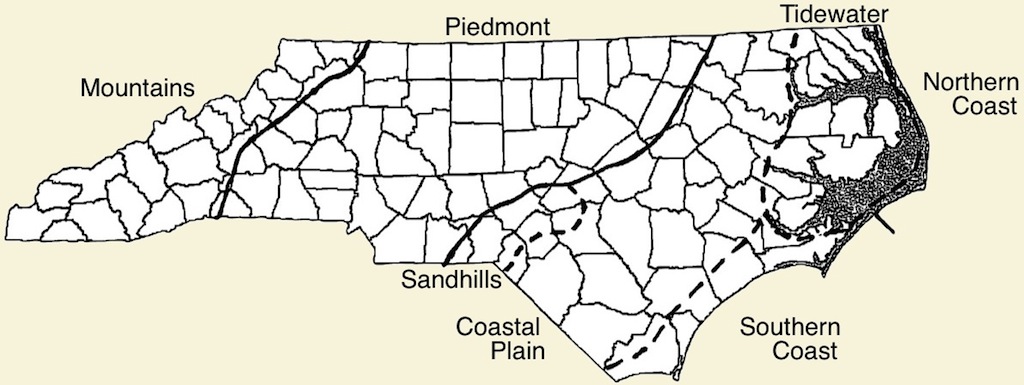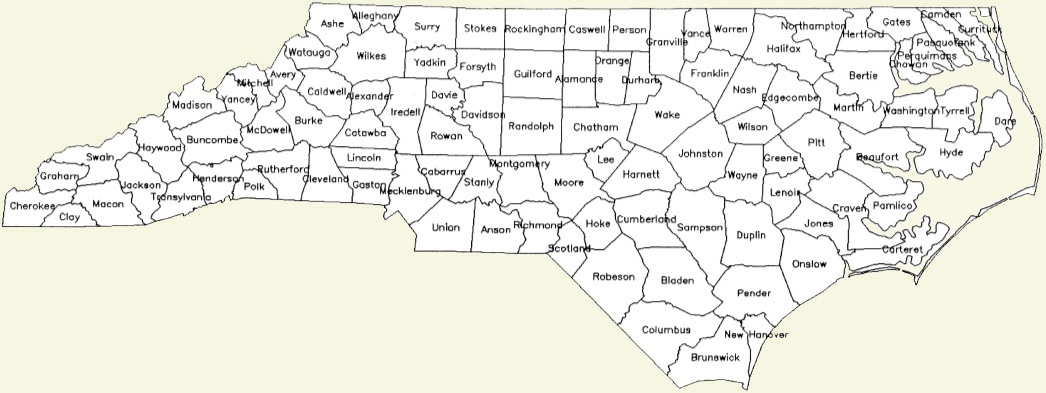| Welcome to the “Mammals of North Carolina” website! This website aims to provide a compendium of all of the 126 mammal species recorded in North Carolina (as of Summer 2023), with general information about their distribution in the state (by regions or provinces), their relative abundance in each region, their periods of occurrence in the state, their habitats, and their general behavior, as well as additional comments on the species (such as notable facts, taxonomic issues, or population trends). County maps of occurrence are provided for each species. There are several tabs on the left side of the homepage. Most important are “County Listings”, which allows the user to determine all of the species recorded in a chosen county, or shows a county occurrence map for a chosen species; and “Enter Record”, which allows the user to submit a record for a species for a given county. We want to encourage website visitors to add records for species for which there is no county record shown on the map. Two tabs at the bottom of this Home Page allow the user to see the “Maps” of the state’s Physiographic Provinces and the names and locations of the state’s 100 counties; and the people who are the creators and editors of the website. |
|
To see a species account, start typing the common name in the Search Common Name field, or the scientific name in the Search Scientific Name field. Names of species appear on the screen, so click on the correct species that you want, so that the full name appears in the field box; then click Find (to the right). Once you are at a species account, you can navigate to the previous species in the checklist sequence by clicking on the swimming whale on the left, or to the next species in the checklist order by clicking on the swimming whale on the right. You can also get to additional species by entering text in either of the Search Common: or Search Scientific: boxes, click on the full species name, then click on the blue Find tab. A third way to get to another species (within the same Family) is to click the down arrow under the scientific name, where the box shows other members in the Family; click on the species of interest. As indicated at the top of each species map on the website, a user can click on a county that is colored (i.e., not white) and see the records for that county for the given species that have been entered. Again, this should not be assumed to be all of the known records for the county; these are only the ones that have been entered to document the presence of the species in the county. In addition, each species page has several colored tabs that give more information; the “PDF” provides a single page with the county map and the text for that species; “Google Images” and “Wikipedia” take the user to the photographs for that species on Google and a species account on Wikipedia; and “View Photos” shows all of the photos that users have uploaded to the website. |
|
The website is not intended to be a compilation of all records for mammal species in the state. For example, there are thousands upon thousands of records in various museum and university specimen collections and on various game species websites or databases. The intended purposes of the records are to show the range of a species in the state, at the county level only; and to show the level of confirmation (such as specimen, photo, sight record) for the county. It is our goal to obtain the highest levels of confirmation (specimen in a museum or a published photo) in a county. For many mammal species, sight identification can be difficult, as many species of mice or shrews, for example, are easily confused to the naked eye, and the majority of the species are active only at night or twilight. Nonetheless, sight reports are useful for delineating the ranges of the more easily identified species. We do encourage the uploading of a photo or video to support the submission of the report. Each report of a species entered on this website is reviewed for likelihood of correct identification; we hope that nearly all such reports will be accepted. Hope you enjoy using the website! |

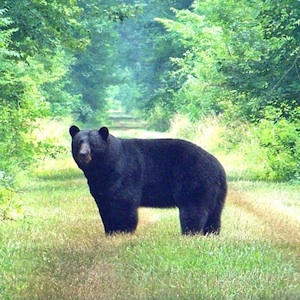


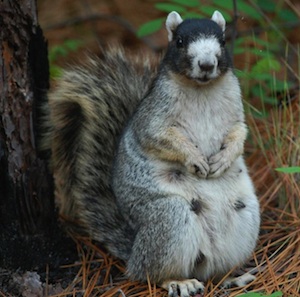
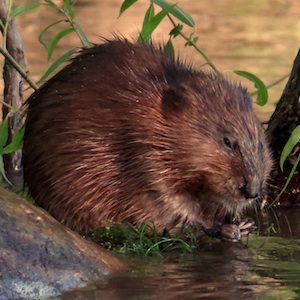
| Family (Alpha): | Family (Taxonomic): | ||
| Maps |
| Project Members |
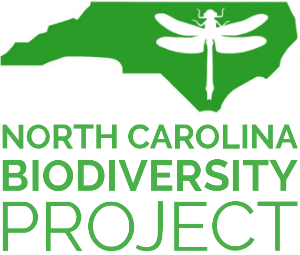 |
 |
 |
 |
| Citation: LeGrand, H., L. Gatens, E. Corey, T. Pusser, and T. Howard. 2026. Mammals of North Carolina: their Distribution and Abundance [Internet]. Raleigh (NC): North Carolina Biodiversity Project and North Carolina State Parks. Available from https://auth1.dpr.ncparks.gov/mammals/accounts.php. |
